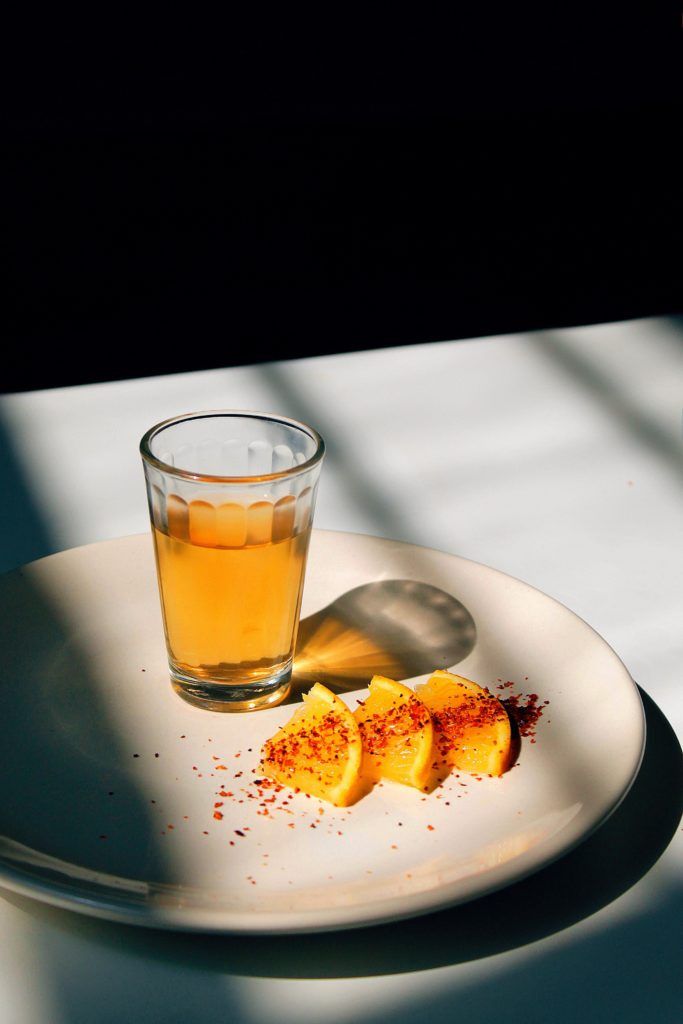Understanding the bold and expressive spirits of Mexico.
Words by Jessica Thompson. Photos by Claudio Rincon
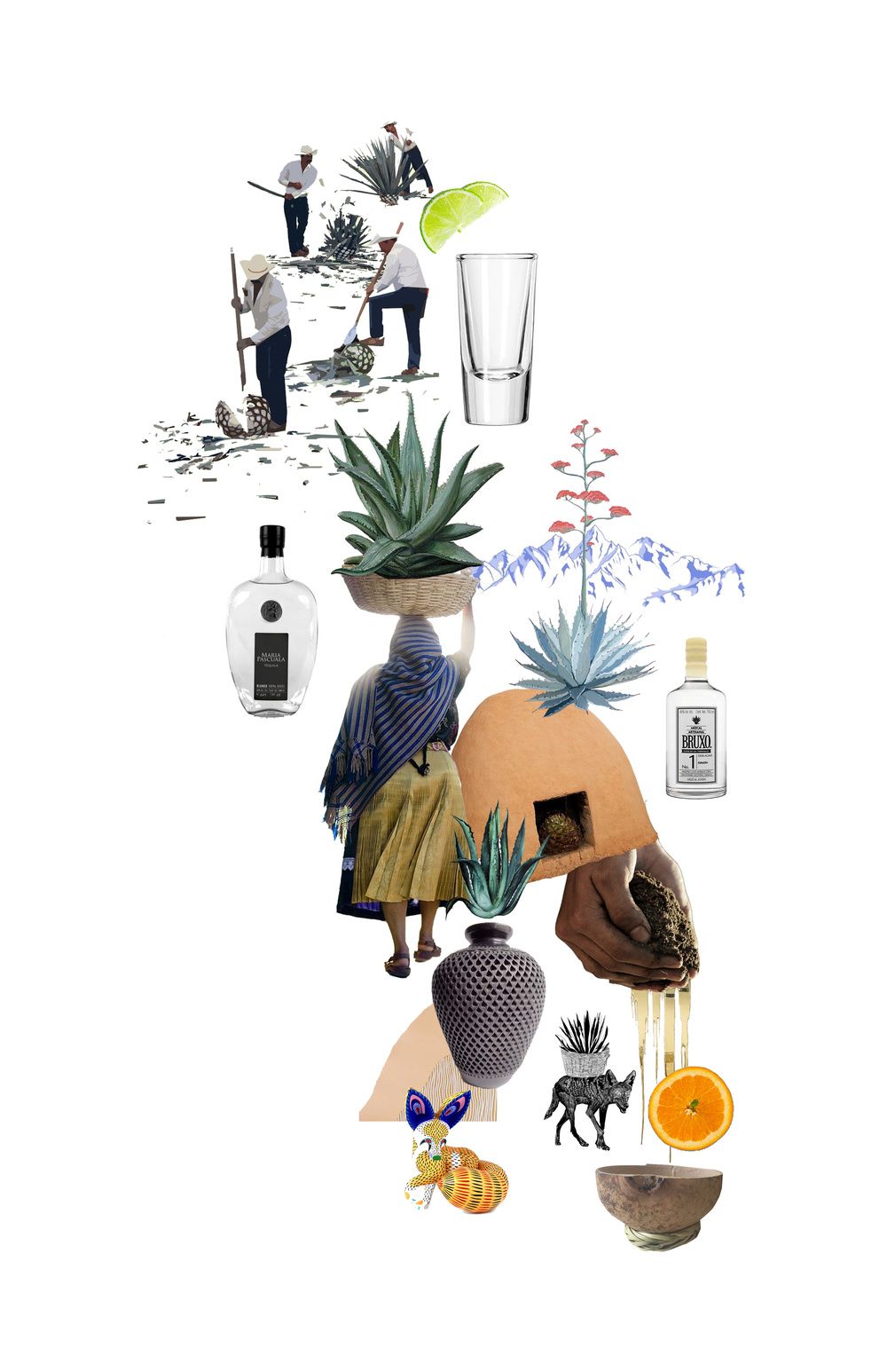
On my first flight to Mexico in 2015, I sat next to a local on his way back to Guadalajara. When the drinks cart came past, he ordered a tequila, which came neat in a plastic airline cup. With a cheeky grin from under his shapely beige tejana, he asked if I liked tequila. I did — but I had never considered ordering it to sip and savor like a glass of whiskey.
Tequila, long relegated outside of its homeland as a drink to be downed as quickly as possible and followed with a face of pain, is gradually becoming appreciated for its varieties and nuances. Mezcal, with its smoky complexities and immense diversity, is a steadily rising star of craft booze and cocktail scene.
Both are bold and expressive liquors that embody the spirit of Mexico. To understand the differences between the two, I chat with Ruth Orendain, owner-director of craft tequila brand Maria Pascuala Tequila, and Zulema Arias, manager of Mezonte, a Guadajalara-based NGO preserving and promoting the culture of mezcal founded by Pedro Jimenez Gurria.
The Beginning
“Everything starts from the agave plant.”
Ruth Orendain, Maria Pascuala Tequila
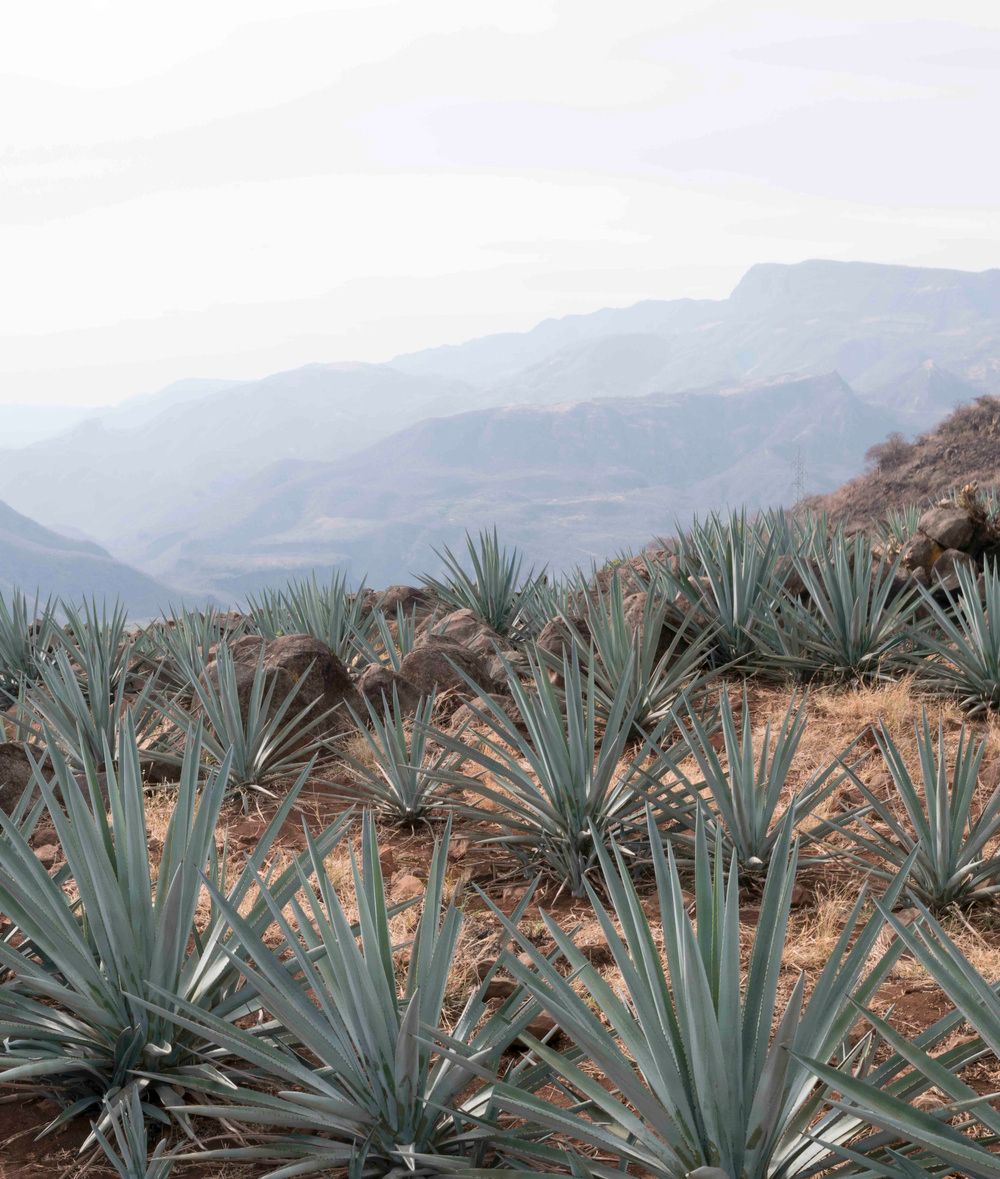
Agave plants, with their hefty rosettes of fleshy, determined leaves, decorate Mexico’s hot and arid landscape. The agave plant is not a cactus, but a type of succulent (a cactus is also a succulent, to clear things up on that front). At the heart of the agave is a solid core, the piña, named for its resemblance to a pineapple. Before Mexicans made tequila and mezcal from the agave plant, they made pulque, the oldest alcoholic drink in Mexico – and perhaps all of the Americas – drunk by the Maya and Aztecs in ancient Mesoamerica. Pulque is made by extracting the sap or aguamiel (honey water) from the piña, then transferring the liquid to containers to ferment into a cloudy beverage with a sour, yeasty taste, and around 2-6% alcohol content.
In the 1500s, most likely via the Spanish Conquistadors or the Manila Galleon, distillation was brought to Mexico, and with it, the distillation of fermented aguamiel; tequila and mezcal were born.

The type of agave
There are more than 150 varieties of agave native to Mexico, but only one can be used for tequila: blue agave, or agave tequilana. It grows in abundance in Jalisco, the home state of the drink’s eponymous birthplace, Tequila.
“We use blue agave from the region of Los Altos de Jalisco (the highlands). The soil from this area has a lot of nutrients for the plant,” says Ruth.
Mezcal, on the other hand, is much less restrictive in agave species that can be used to produce it. “Mezcal is very diverse. It can be made from 52 varieties of agave.” Zulema. The most common agave for mezcal is Espadín, accounting for around 90% of production. Other popular varieties include Tobala, Coyote, Jabali, Arroqueno, Sierra Negra, and Tepextate. Because tequila made from distilled agave nectar, it is classified as a type of mezcal, in the same way that scotch is a type of whiskey.
“Mezcal is very diverse. It can be made from 52 varieties of agave.”
Production
Jimadores – the name for the agave harvesters – cut back the leaves of the agave plants to reveal the piñas, which are cut in half or quarters then cooked to convert the starches in the piña to sugars, to aid fermentation.
For tequila, this is done by steaming the piñas. Traditionally, this was done in stone or brick ovens known as horno, and takes 24-48 hours. These days, horno are still the preferred option for craft distillers, but autoclaves – essentially, giant cylindrical stainless steel pressure cookers – have also become popular for their speed (around 7 hours) and their volume.
“We use natural stone ovens for a slow and unique cooking process.”
Ruth Orendain
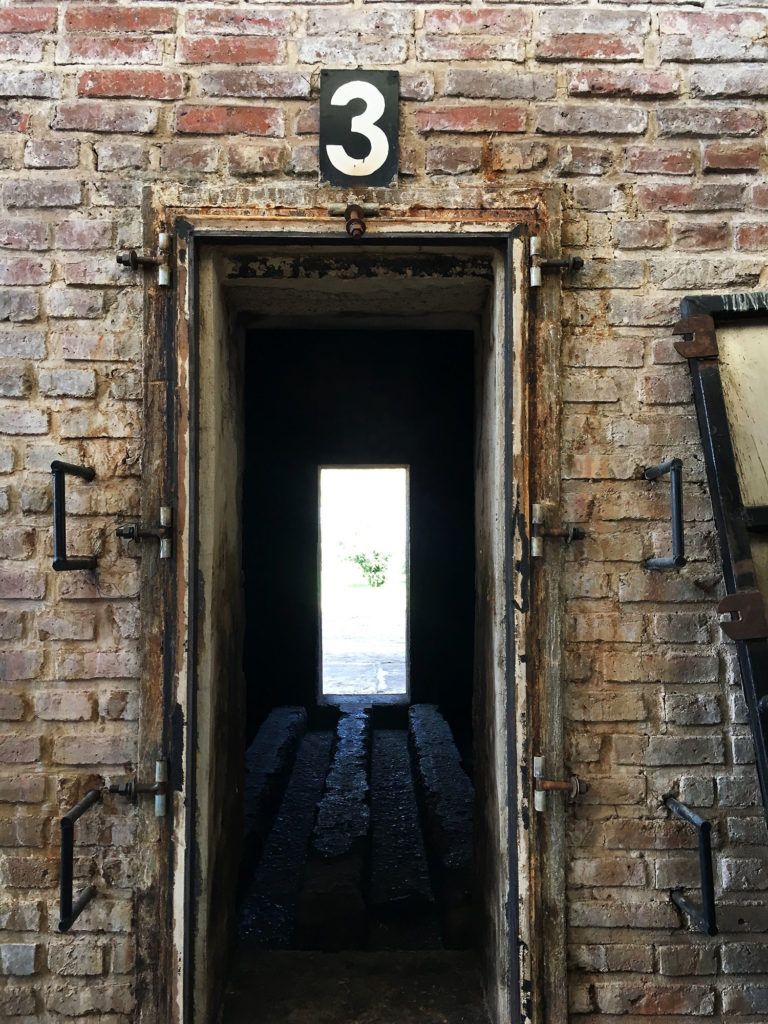
After cooking and cooling, the piñas are crushed to release the liquid. Very few tequila producers still use a tahona, most use mechanized roller-mills. The liquid transferred to wooden or stainless steel vats with water to ferment for several days, then double-distilled in clay, copper, clay or stainless steel stills. The end result is around 35% alcohol.
“Our fermentation happens in semi-open tanks, allowing us to control and take care of the [airborne] yeasts. When it comes to the distillation process we use copper and steel stills,” says Ruth.
For mezcal, the piñas are roasted and smoked underground for several days in rocky pits, covered with leaves, fibers, wood and charcoal. The word ‘mezcal’ comes from Nahuatl Mexicali, meaning ‘oven-cooked agave’. The sugary liquid, as well as the pulp, is transferred to wooden barrels to ferment for several days, then distilled in copper or clay stills, the pulp is removed, then distilled again to produce a liquor of no less than 45% alcohol.
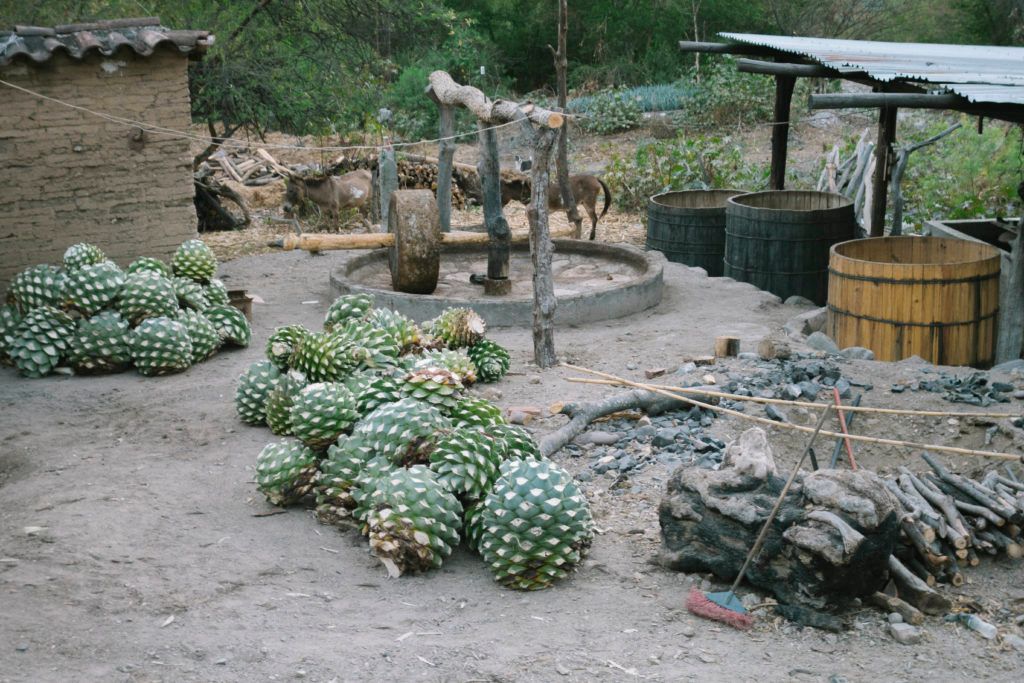
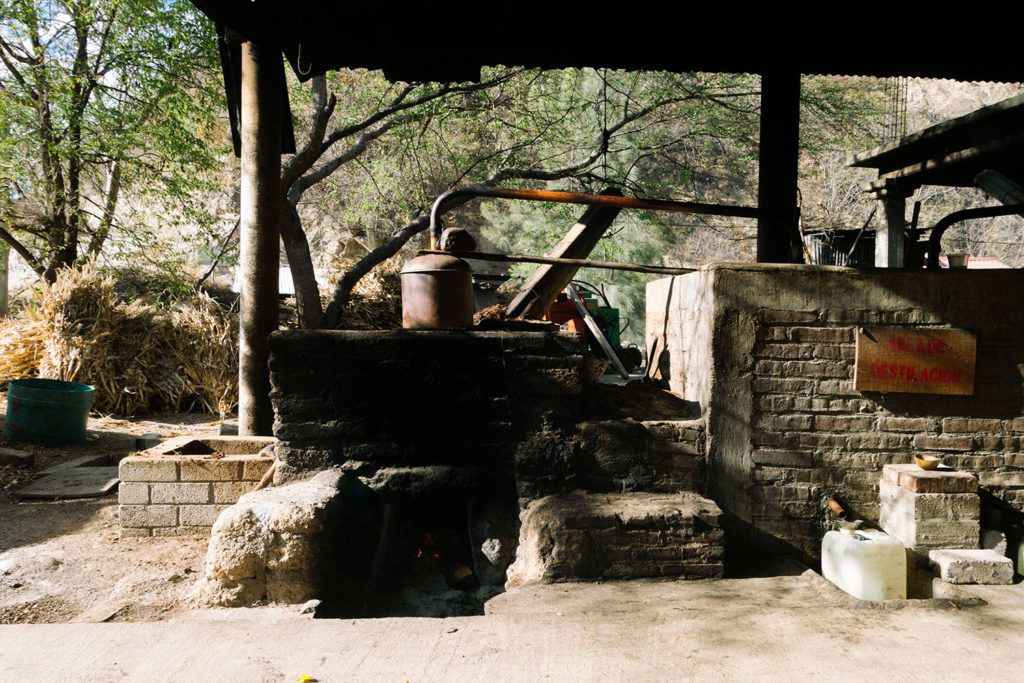
Where they can be made
There are only five D.O-approved areas for tequila to be produced – Jalisco (over 80% of the nation’s blue agave is found there), and parts of the surrounding states of the town of Tequila: Guanajuato, Tamaulipas, Michoacan, and Nayarit.
Mezcal can be officially recognized when it’s made in the states of Oaxaca, Durango, Guanajuato, Guerrero, San Luis Potosí, Tamaulipas, Zacatecas, Michoacan, and Puebla. Oaxaca is by far the most prolific producer.
There is a famous Oaxacan saying, “Para todo mal, mezcal, y para todo bien tambien!” – “For all that is good, mezcal, and for all that is bad too!”
Classifications
Both tequila and mezcal are categorized on age.
There are three traditional types of tequila: blanco (also called plata or silver) - a clear, white spirit bottled 0-2 months after distillation; reposado (aged, ‘rested’), which is regulated by Mexican government to be aged in oak barrels for 2-12 months; anejo (old), which is aged in oak barrels for a minimum of one year or ‘extra’ anejo, aged for more than three years. Joven (young; gold) - is another category, but is a blended type of blanco and reposado or is the most likely to have colours and additives.
“We make three different types of tequila, each of them with a unique character,” says Ruth of Maria Pascoala Tequila. “Blanco, which I describe this type as a pure expression of the agave; Añejo - Our añejo, stays in french oak barrels for an eighteen-month period. Giving a subtle taste of cacao and a hint of almond; Extra añejo - The extra añejo has a maturation of 4 years in French oak barrels. The taste of this tequila is very smooth and extremely elegant with notes of roasted cacao bean and delicate oak.”
Mezcal is grouped into three varieties based on age: joven (blanco, abacado, 0-2 months), reposado (2-12 months), and anejo (at least one year).

Flavors
Broadly speaking, tequila has a smooth, sweet flavor, from the blue agave’s natural sweetness, where mezcal is more smoky and savory from being baked in the pits.
The different mezcales each have their own character, like espadin, with its fruity, sweet tones and a slight taste of coconut; tobala, which grows in rocky mountainous terrain has characteristics of wood, wild grass and sweet straw; cuishe, a cylindrical, stalk-shaped agave and complex flavor and aroma; and tepeztate, a rare agave with broad leaves and a distinctly vegetal, herbal.
But aside from type of agave and steaming vs baking of the pina, there are an innumerable amount of factors that impact the impacting the flavor of the liquors: the age of the agave plant, the material of the receptacles used during production, the characteristics of the yeast, whether the aguamiel for mezcal is fermented with the fibers or not.
“You can try an endless variety of mezcales and discover something new everytime - not only because of the type of agave but also because of its terroir. And of course, the hand of the maestro mezcalero.”
“There’s always room for experimentation, either with the cooking time or infusing with fruits, animals and herbs from the region,” says Zulema.

How to drink
Both tequila and mezcal can be in a myriad of ways. Neat, on the rocks, temperature, split with water or soda, cocktails, mixers.
“Our three types of tequila can be enjoyed neat with small sips,” says Ruth.
Maria Pascuala blanco is suggested to be drunk is from 12 to 14 Celsius. The Añejo and Extra añejo 16 to 18 Celsius.
“Sushi can be enjoyed with chilled Maria Pascuala Blanco. We can also mix it in cocktails with matcha tea,” says Ruth.
“My favorite is mezcal and chocolate (artisanal, Mexican chocolate) and mezcal and cheese,” says Zulema.
Mezcal is commonly used in cocktails, adding depth and complexity. If you’re new or just trying a new mezcal, Zulema’s advice is to drink it neat: first smell it, take small sips and take it slow, and let it open and evolve.
